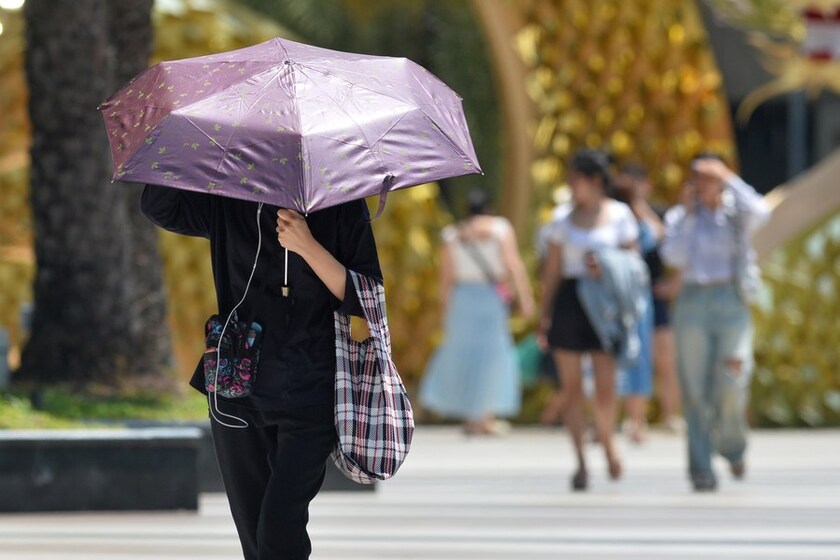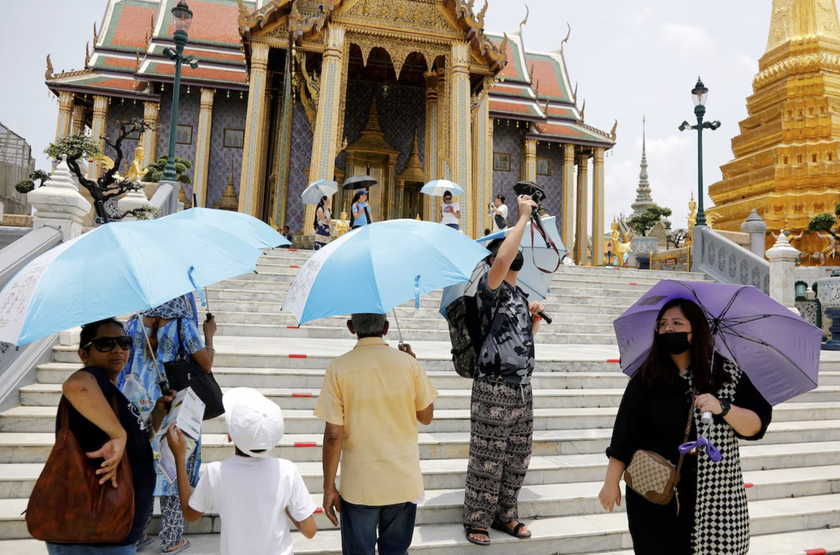Increasing extreme weather events are disrupting some travel patterns, affecting operators, destinations and travelers globally. Operators are adjusting tours and itineraries, highlighting the need for increased awareness and innovation in sustainable tourism.
In early 2024, the United Nations released research showing that climate change could impact tourism and agricultural production. The world is predicted to experience increased climate disasters, rising food prices and more extreme weather.

"Once-in-a-century" heat wave scorches Southeast Asia
Although the US National Oceanic and Atmospheric Administration (NOAA) predicts that El Nino will gradually weaken and decrease from early 2024, the impact of this phenomenon is still widespread and increases temperatures globally.
Thailand and Cambodia have both issued emergency warnings of possible death from extreme heat, with daytime highs reaching around 46 degrees Celsius. The Philippine capital Manila was also on alert after temperatures surpassed a record 51 degrees Celsius for the first time.
Singapore is also not out of the affected area, when the temperature here climbs to 36-40 degrees Celsius, making life uncomfortable and causing difficulties for people.
The number of deaths has increased by 14% (about 7,000 more deaths per year) due to climate phenomena such as El Niño, the Indian Ocean Dipole and the North Atlantic Oscillation. These extreme weather events increase the concentration of pollutants in the air, leading to more severe impacts.
PM2.5 fine dust from smoke, fires from power plants, forest fires... is considered the main factor related to premature deaths. PM2.5 fine dust is harmful to health when inhaled by humans because it is very small in size and can penetrate into the blood, causing difficulty breathing, heart and lung disease and many other problems. Asia has the highest number of premature deaths due to fine dust pollution, with more than 98 million people, mainly in China (49 million cases) and India (26.1 million cases).

Record heat in Southeast Asia, red warning for the future
A series of health problems caused by the heat also make people worried. The heat not only increases the risk of heart and lung diseases, strokes, and heatstroke, but also creates the risk of heat stroke.
Dr. Achara Nithiaphinyasakul, Director-General of the Department of Health at Thailand's Ministry of Public Health, warned on April 21 that the risk of heatstroke is high and prolonged.
People suffering from heatstroke may experience symptoms including a sudden rise in body temperature above 40 degrees Celsius, flushed skin, rapid pulse, headache, dizziness, vomiting and loss of consciousness. Severe cases of heatstroke can lead to death, according to the Bangkok Post.
Not only affecting human health, the dry weather caused by El Nino also directly affects farming and cultivation, pushing rice prices to a record high in Indonesia. The climate in 2023 was affected by the El Nino weather phenomenon and the long dry season in many areas, causing rice production in Indonesia to decrease by 18% compared to the previous year.
This situation will continue in 2024 when the archipelago prepares to enter the dry season next month.




































